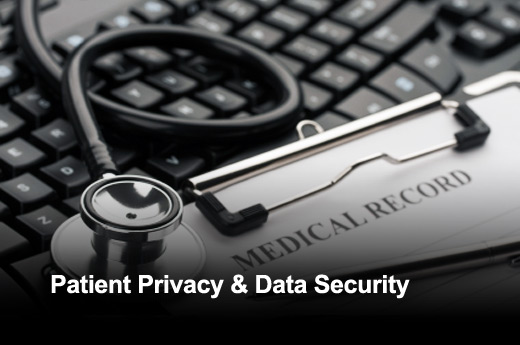The daily process of treating patients has been compared more than once to a military operation—and with good reason. After all, everything of real importance takes place on the front lines, at the point of patient contact. All else is purely support.
That analogy extends to the flow of data. Information has to make it to the front lines in order to be effective. Trouble is, that imperative also makes data—especially patient data—vulnerable to attack from multiple sources.
Since September 2009, the US Department of Health and Human Services has maintained a database of breaches in unsecured, protected health information affecting 500 or more individuals. Of these, more than 60 percent have involved some kind of endpoint computing device—desktop PCs and laptops as well as USB drives, tablets, smartphones and other portable electronic devices. Millions of individual records have been compromised from these endpoints due to unauthorized access or disclosure, theft, loss, hacking or other incident.
SOURCE: healthcareglobal.com
The opinions expressed in this post belongs to the individual contributors and do not necessarily reflect the views of Information Security Buzz.



